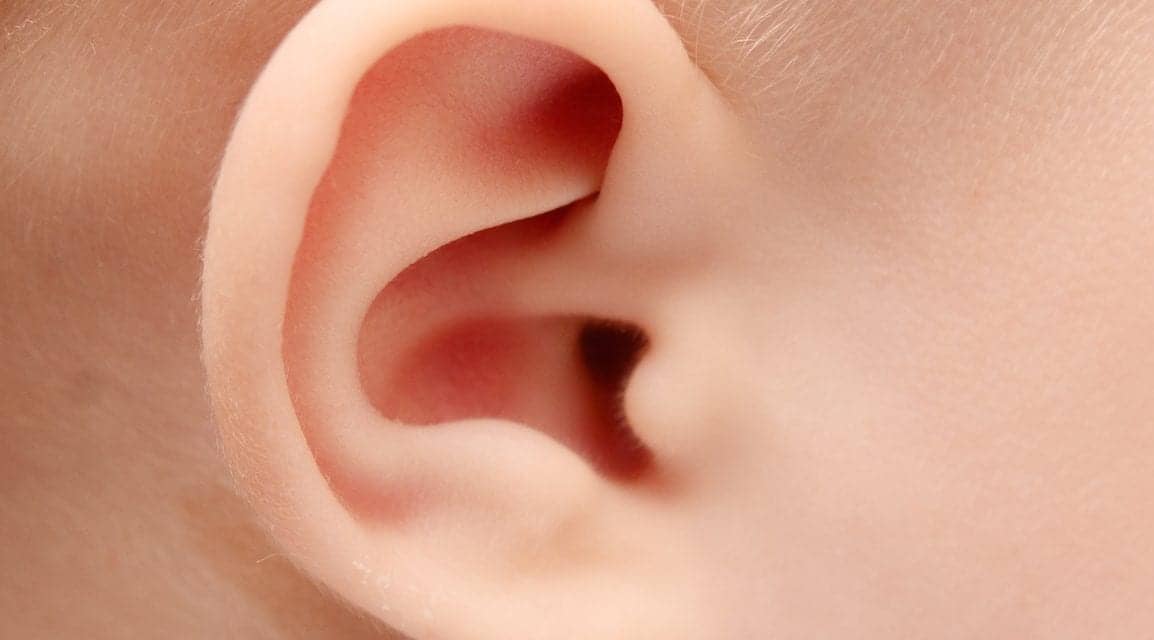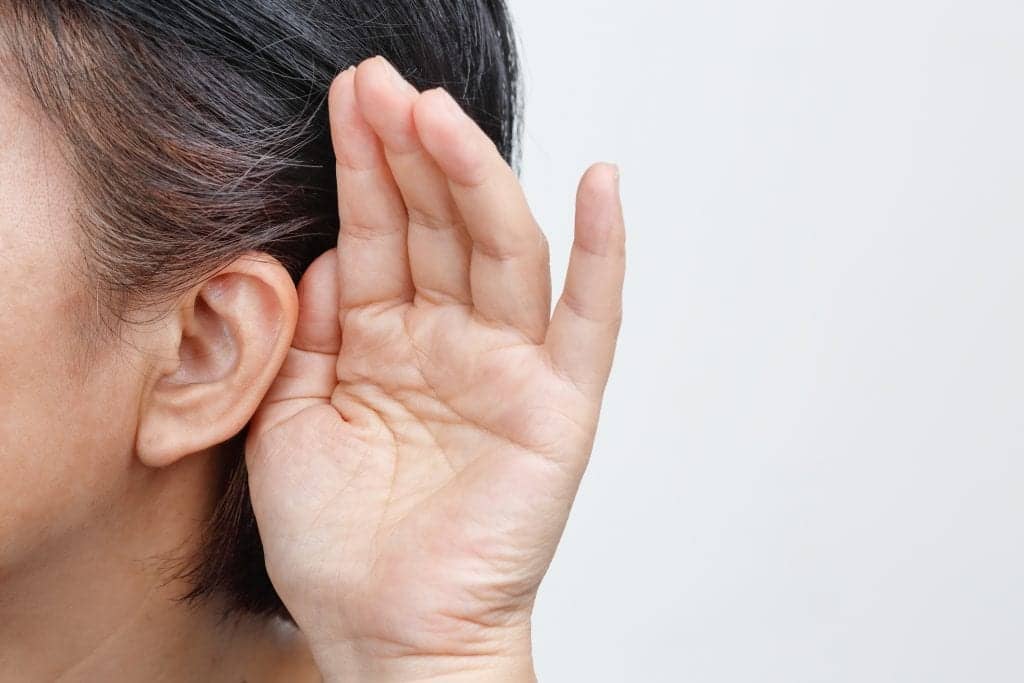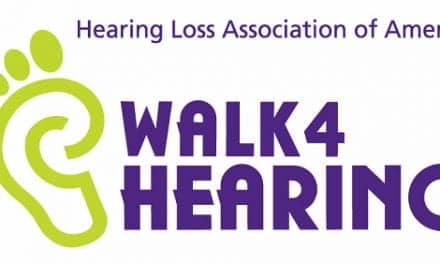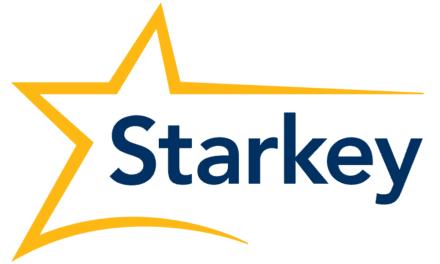The American College of Medical Genetics and Genomics (ACMG) announced the has release of a new Clinical Practice Resource that will help direct the treatment of patients with hearing loss: “Clinical Evaluation and Etiologic Diagnosis of Hearing Loss: A Clinical Practice Resource of the American College of Medical Genetics and Genomics.”
According to ACMG’s announcement, the Clinical Practice Resource offers information about the frequency, causes, and presentations of hearing loss, and suggests approaches to the clinical and genetic evaluation of deaf and hard-of-hearing individuals aimed at identifying an etiologic diagnosis and providing informative and effective patient education and genetic counseling.
Two to three of every 1,000 children born in the United States are deaf or have hearing loss (HL) significant enough to affect speech and language development. Early intervention has been shown to be effective in facilitating speech and language development. As a result, the newborn hearing screening (NBHS), which began in 2001, is now mandated throughout the United States. Not all childhood HL is present at birth, however, and hearing screening is recommended throughout childhood and adolescence to identify children with later-onset HL and to permit early intervention.
The prevalence of HL increases with age, with 40–50% of the population experiencing HL by age 75. The contribution of genetic causes to cases of adult-onset HL is less clear. However, it is evident that a significant proportion of adult-onset HL is likely to be caused, or strongly influenced, by genetic factors.
In 2014, ACMG published a practice guideline for the clinical evaluation and etiologic diagnosis of HL. This document was intended to offer information about the frequency, causes, and clinical presentations of HL, suggest approaches to the clinical evaluation, provide methods of etiologic diagnosis, and emphasize the significance of informative and effective patient education and genetic counseling.
The ACMG Professional Practice and Guidelines Committee reviewed the Clinical Practice Resource document and solicited input from the original authors. The committee believes that the original guideline still represents the current clinical practice in general; however, the emergence of Next Generation Sequencing (NGS) technologies and associated bioinformatics tools has led to a rapid expansion of our knowledge regarding the genetic etiology of HL. Therefore, instead of adding an addendum to the original document, a workgroup was formed to update the guideline to a clinical practice resource that reflects the current knowledge, especially in the areas of genetic testing, gene-disease relationship, and variant curation specific to HL.
Lead author Marilyn M. Li, MD, FACMG said, “This clinical practice resource has integrated the current knowledge into clinical practice and has proposed a new diagnostic algorithm to ensure early detection and intervention for deaf and hard- of-hearing individuals to maximize language development and quality of life. Healthcare providers should pay attention to the performance characteristics of HL tests when selecting a test for HL, including test design, genomic regions covered, technologies used, analytic sensitivity, and limitations of the test. As the knowledge regarding the genetic etiology of all childhood diseases, including HL, improves, genetic screening is likely to become part of more comprehensive universal newborn screening in the near future.”
Key Recommendations Include:
- All newborns and infants with confirmed HL should undergo a comprehensive evaluation in which patient-focused medical and birth histories and a three-generation pedigree and family medical history are obtained, and a physical examination that focuses on dysmorphic physical findings is performed. Evaluation of children and young adults with HL should follow a similar approach. Evaluation of deaf or hard-of-hearing adults should be customized based on the age of onset and other characteristics of the HL.
- For individuals with findings that suggest a syndromic genetic etiology for their HL, pretest genetic counseling should be provided, and, with the patient’s or caregiver’s informed consent, genetic testing should be ordered to confirm the diagnosis.
- For individuals lacking physical findings suggestive of a known syndrome, a tiered diagnostic approach should be implemented.
- Referral to a multidisciplinary care center, when available, is recommended. A team approach that includes otolaryngologists, clinical geneticists, genetic counselors, audiologists, speech and language specialists, early hearing intervention and family support specialists, and other appropriate specialists offers the optimal opportunity to provide ongoing management and support of deaf and hard-of-hearing individuals as their needs change over time.
- For cases in which the genetic evaluation failed to identify an underlying cause, periodic follow-up care every three years with a geneticist may be appropriate.
Future Perspectives
Early detection of HL in newborns is critical for intervention and promoting language development. Although the current physiologic NBHS significantly improved outcomes of newborns with HL, it may miss mild congenital HL, later- onset childhood HL, risk factors for aminoglycoside-induced HL, and auditory neuropathy, resulting in potentially preventable adverse outcomes. Currently, the considerable cost of sequencing and complexity of result interpretation are the major hurdles for universal genetic screening. As sequencing costs decrease and the knowledge regarding the genes and variants associated with all childhood diseases, including HL, improves, genetic screening is likely to become part of more comprehensive universal newborn screening in the near future. This will certainly result in early audiologic and etiologic detection of HL with its many benefits to be realized.
Source: ACMG






